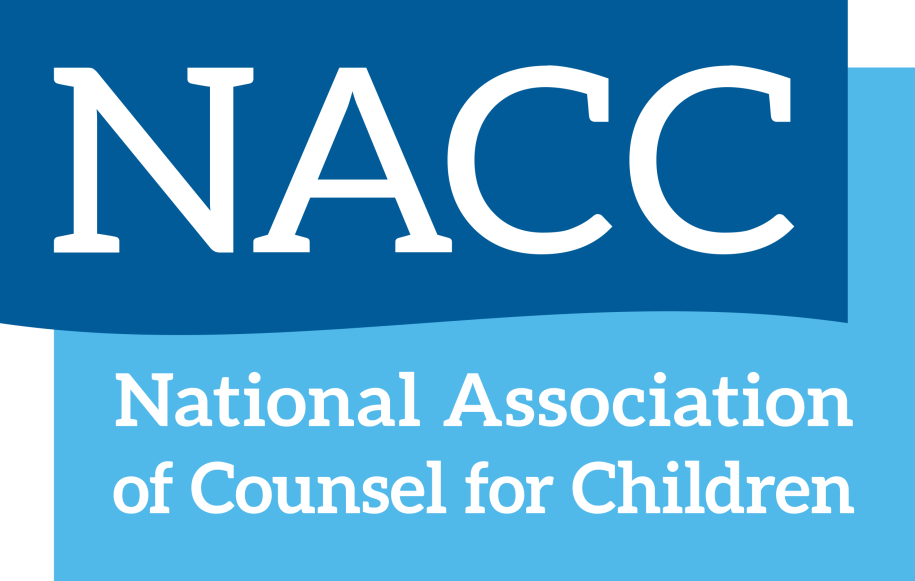Introduction
There is an understanding among professionals working within the family policing system that most children entering foster care have experienced trauma either from their home environment, system involvement (including being removed from their home), or from an out-of-home placement (such as a group home or residential treatment facility). Such children may face the challenges of suffering from a Developmental Trauma Disorder (DTD). DTD is a diagnosis that involves a child encountering multiple complex traumas. Identified traumas may include abuse, neglect, grief, and/or a traumatic medical experience.
Emotional effects of trauma include:
- Problems concentrating
- Problems with memory
- Social withdrawals
- Fear
- Sadness
- Feeling nervous, jumpy, or on high alert
- Irritability or anger
- Difficulty sleeping
- Intrusive thoughts, flashbacks, or nightmares
- Trouble feeling positive emotions
Common psychological diagnoses resulting from the effects of trauma may include:
- Post-Traumatic Stress Disorder (PTSD)
- Operational Defiant Disorder/Conduct Disorder (ODD)
- Acute Stress Disorder (ASD)
- Secondhand Trauma
- Reactive Attachment Disorder (RAD)
- Disinhibited Social Engagement Disorder (DESED)
- Adjustment Disorders Depression Borderline Personality Disorder
Overuse of Psychotropic Medications on Children in Foster Care
Psychotropic medications are disproportionately prescribed to children in foster care, compared to children not in care. It is estimated that 30-52% of children and adolescents in foster care are prescribed psychotropic medication. In 2021, the American Academy of Pediatrics reported psychotropic medication use is two to twenty-seven times higher among children in foster care as compared to non-foster (Medicaid-insured) children. “One in every three children in foster care [35%] are on psychotropic medications designed to alter their mental status or mood, a significantly higher percentage than children who are not in foster care within the Medicaid program [8%].”

